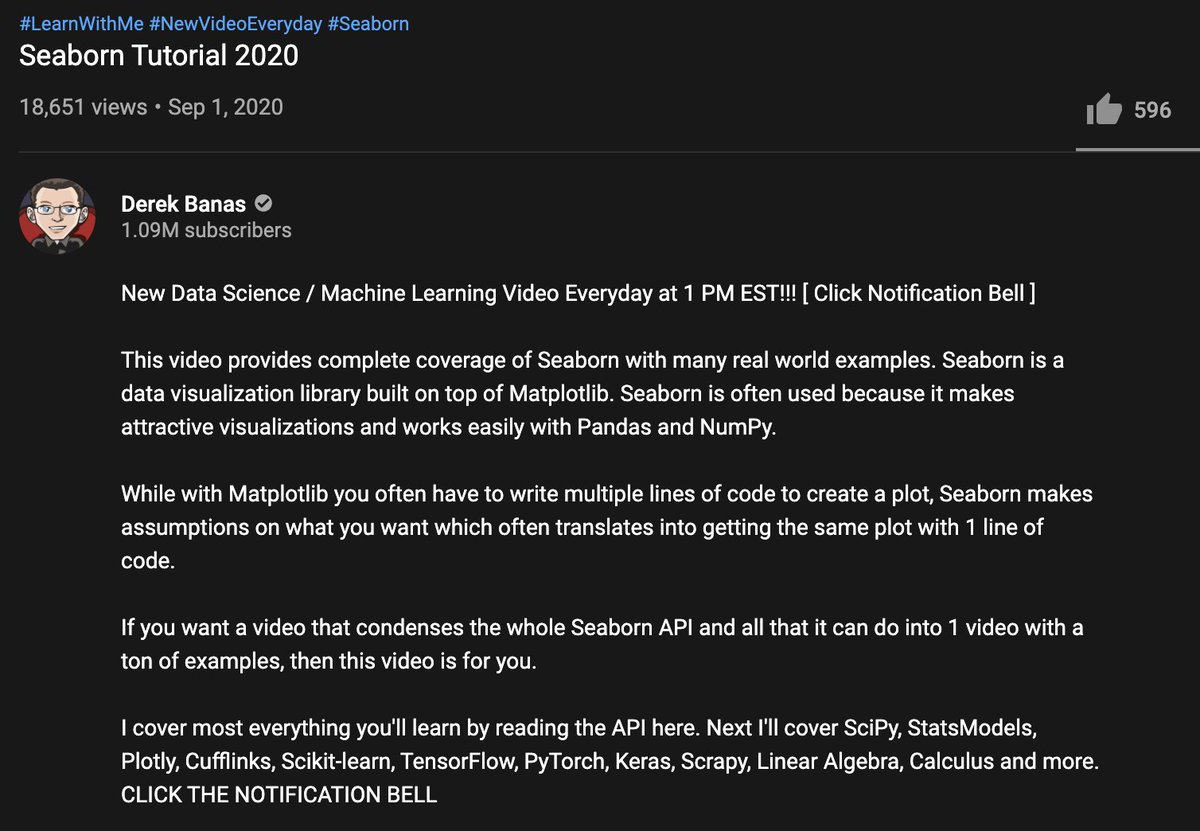> Machine learning is the process of making a program which allows a computer to learn from data.
The data could be anything, images, audio or even text.
(2 / 11)




What actually is a Blockchain?
— Oliver Jumpertz (@oliverjumpertz) February 16, 2021
Bitcoin is breaking record after record, but there must be more to the technology than just crypto, or not? Well, we can take a look at the underlying technology first to understand what it actually provides to us.
\U0001f9f5\u2b07\ufe0f




Sir, Log yahan.. 13 days patience nhi rakh sakte aur aap 2013 ki baat kar rahe ho. Even Aap Ready made portfolio banakar bhi de do to bhi wo 1 month me hi EXIT kar denge \U0001f602
— BhavinKhengarSuratGujarat (@IntradayWithBRK) September 19, 2021
Neuland 2700 se 1500 & Sequent 330 to 230 kya huwa.. 99% retailers/investors twitter par charcha n EXIT\U0001f602
"we don't negotiate salaries" really means "we'd prefer to negotiate massive signing bonuses and equity grants, but we'll negotiate salary if you REALLY insist" https://t.co/80k7nWAMoK
— Aditya Mukerjee, the Otterrific \U0001f3f3\ufe0f\u200d\U0001f308 (@chimeracoder) December 4, 2018